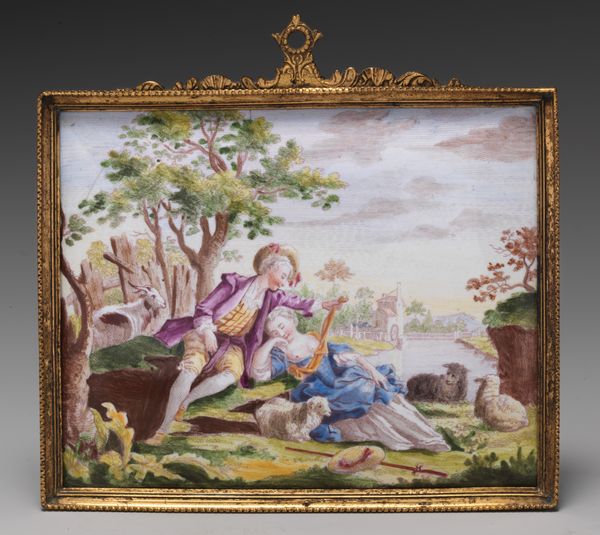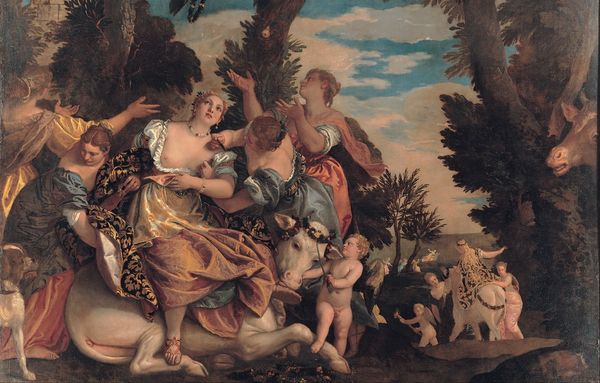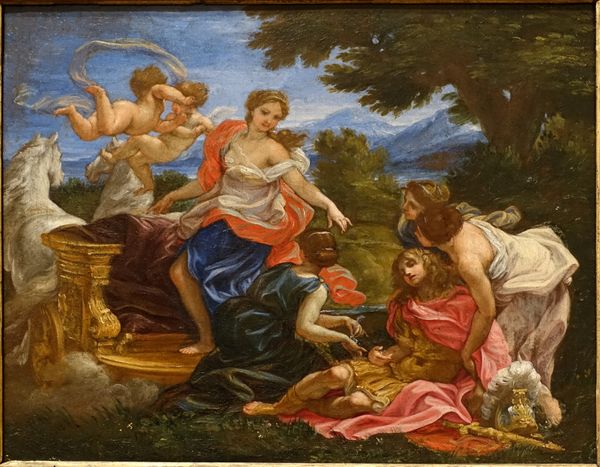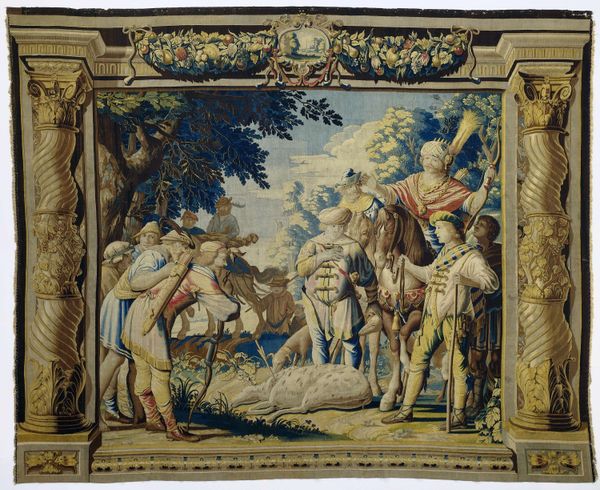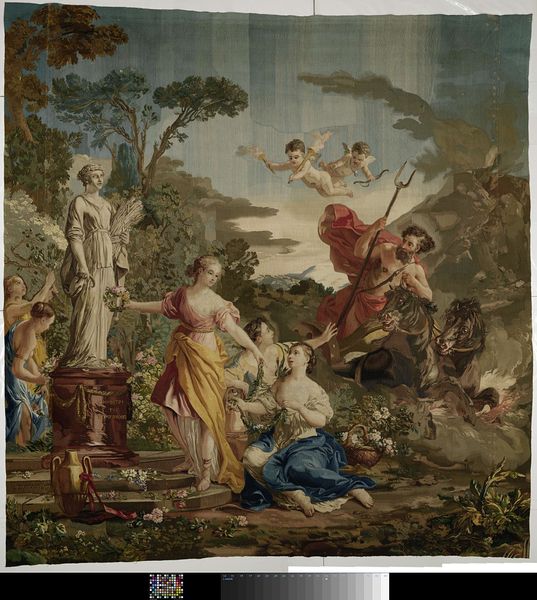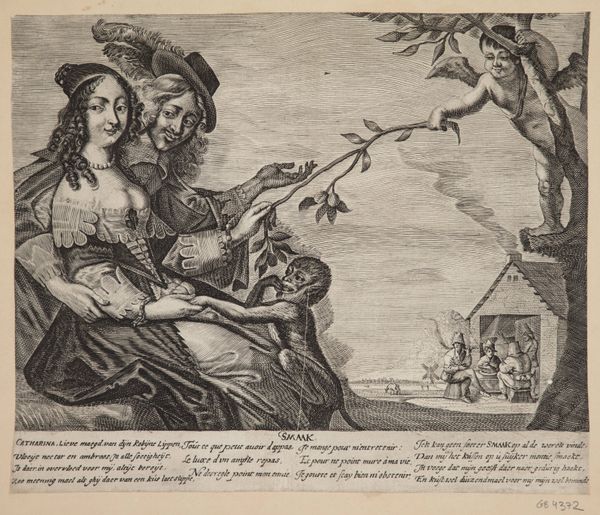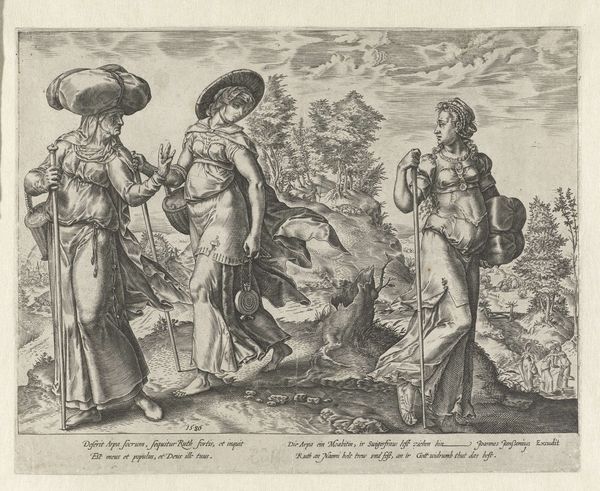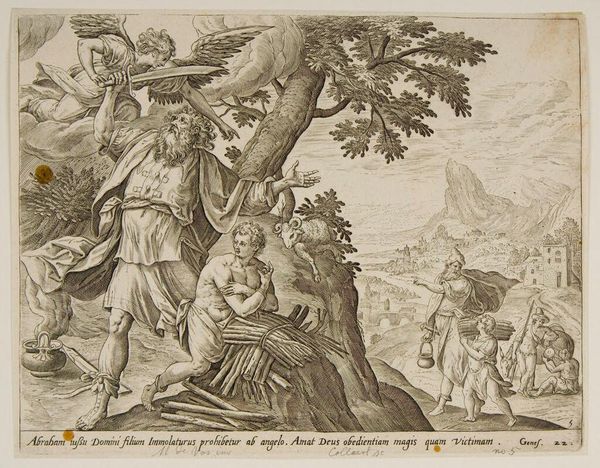
painting, ceramic, sculpture
#
painting
#
ceramic
#
oil painting
#
sculpture
#
romanticism
#
naive art
#
genre-painting
#
decorative-art
Dimensions: Overall: 9 3/16 × 12 3/16 in. (23.3 × 31 cm)
Copyright: Public Domain
This tin-glazed earthenware tile, called ‘Europe’, was created in Italy, in the region of Castelli, sometime between 1700 and 1900. It depicts a woman in fine clothes, presumably representing Europe, being attended to by servants. What does it mean to represent a continent as a woman? What does it mean to show her attended by servants? One way to approach the painting is through its visual codes. Note that the figures are in contemporary 18th-century dress. Tiles like this would have served a decorative function, probably as part of a set representing the continents. This tile then speaks to the way Europe saw itself and its relationship with the rest of the world. To know more about the social context for such images, we can consult design history, trade statistics, and other historical sources. These help us understand the institutions that shaped the production and reception of this tile and what the imagery of continental personification meant for people at that time.
Comments
No comments
Be the first to comment and join the conversation on the ultimate creative platform.
